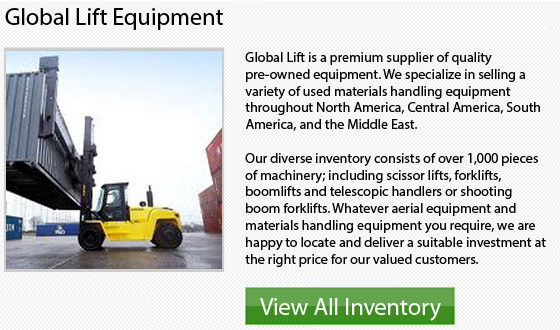
Basic Training Information for LPG
LPG or liquefied petroleum gas is a odorless and colorless fuel derived from natural gas. LPG contains 90% propane. It is extracted in a method referred to as distilling.
Considerations
Liquid petroleum gas fuel can be very safe but it must be carefully handled to prevent fire and explosions that can happen with incorrect maintenance or installation of gas lines. LPG domestic appliances require proper installation and maintenance in order to prevent mishaps.
Prevention
Accident-prevention training is important for anybody working directly with liquid petroleum gas. Proper refueling ways and methods to test for leaks must be included in training. Training should also include knowing how to wear personal protective gear and being alert to dangers such as loose fittings or damaged hoses.
Emergency Preparation
Liquid petroleum gas is a volatile fuel and anyone working with it must be knowledgeable about emergency measures to follow in the event of explosion or fire. Training should include gas leak control, first aid and evacuation.
Fuel Storage
When storing tanks from a small fuel canister to the large refueling tank, one must secure a safe place away from buildings. Warnings of no smoking should be posted. To make sure that tanks are only accessed by authorized employees, the tanks need to be locked in a safe enclosure which is designed to be protected from vehicle impact. Concrete bumpers or other retaining systems are great. The fueling station must have an accessible fire extinguisher. Just individuals trained to use the fueling station should be permitted to do so. Personnel also should be trained to use the fire extinguisher.
Operator Training
The Occupational Safety and Health Administration states that anyone using a forklift should undertake a training program consisting of both in-class and hands-on, practical training. Trainees will be tested to ensure they understand the safety issues associated in forklift operation.